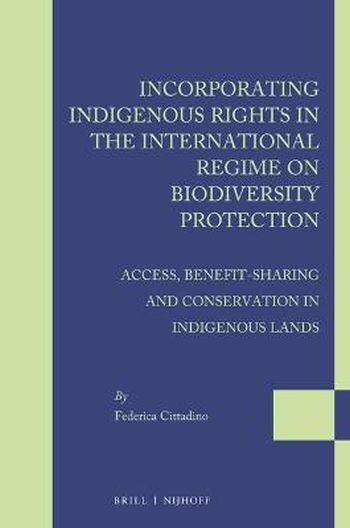
In Incorporating Indigenous Rights in the International Regime on Biodiversity Protection, Federica Cittadino convincingly interprets the Convention on Biological Diversity (CBD) and its related instruments in light of indigenous rights and the principle of self-determination. Cittadino’s harmonisation of these formally separated regimes serves at least two main purposes. First, it ensures respect for the human rights framework that protects indigenous rights whilst implementing the biodiversity regime. Second, harmonisation allows for the full operationalisation of the indigenous related provisions of the CBD framework that concern traditional knowledge, genetic resources, and protected areas. Federica Cittadino successfully demonstrates that the CBD may allow for the protection of indigenous rights in ways that are more advanced than under current human rights law.